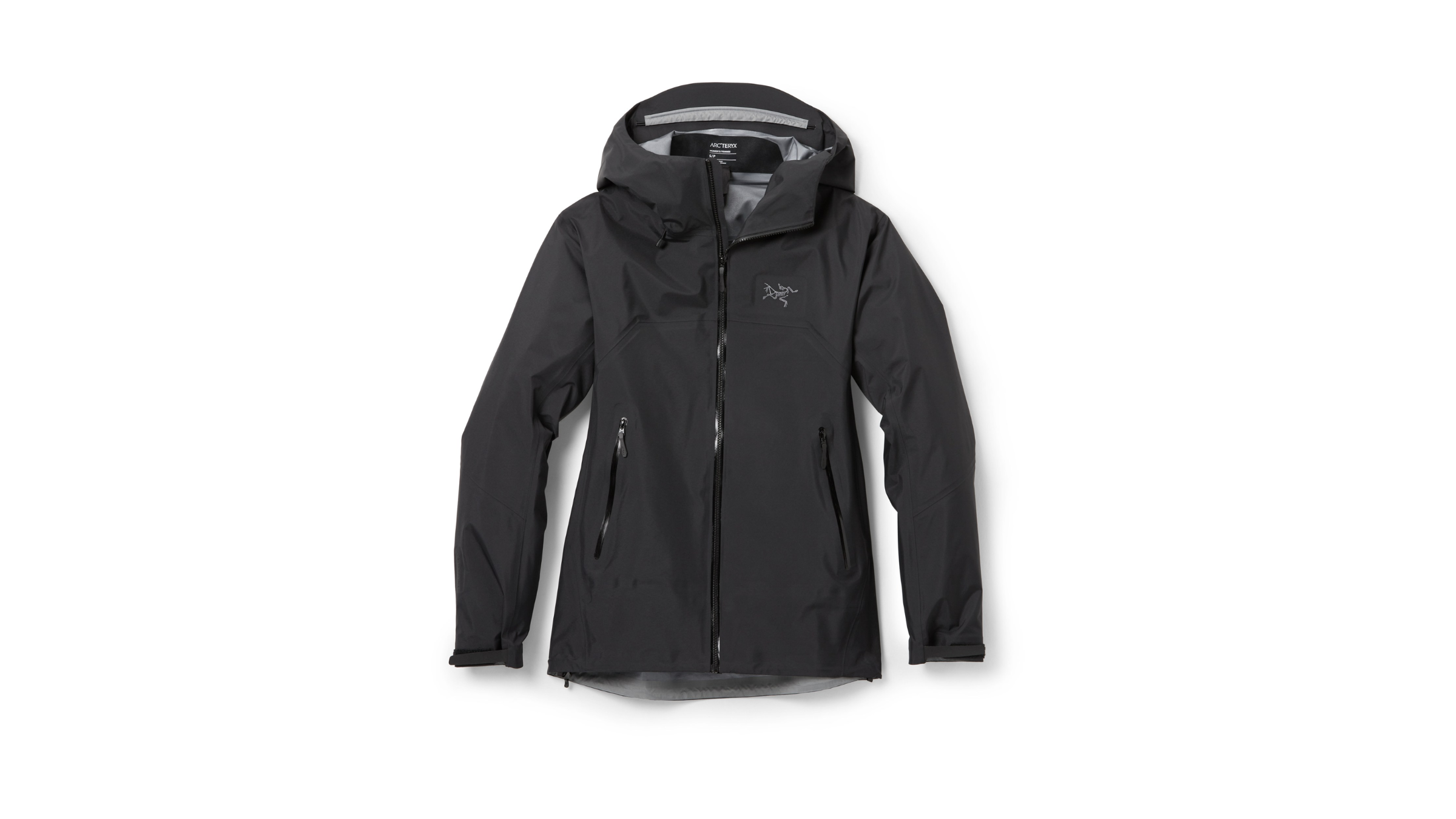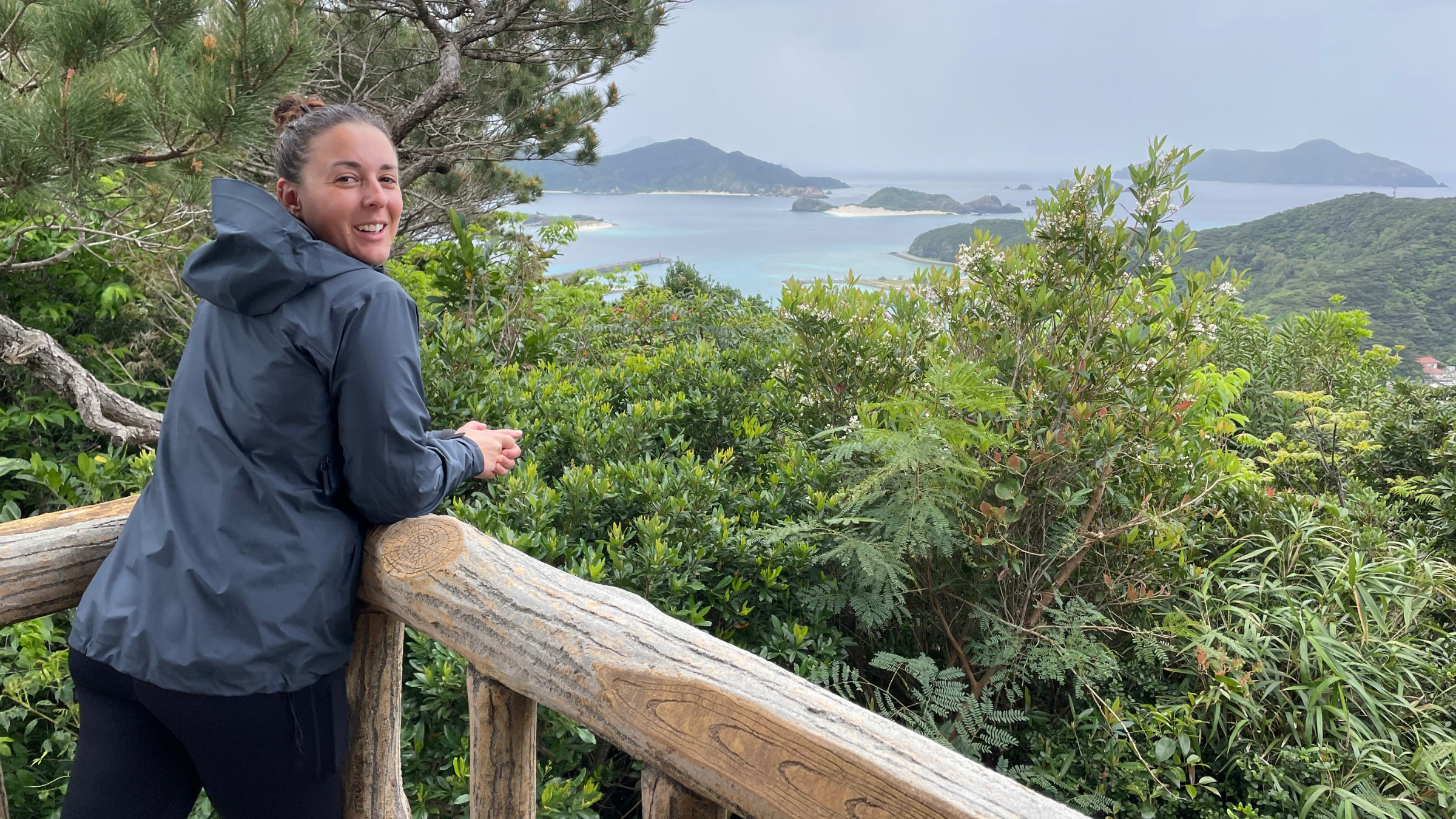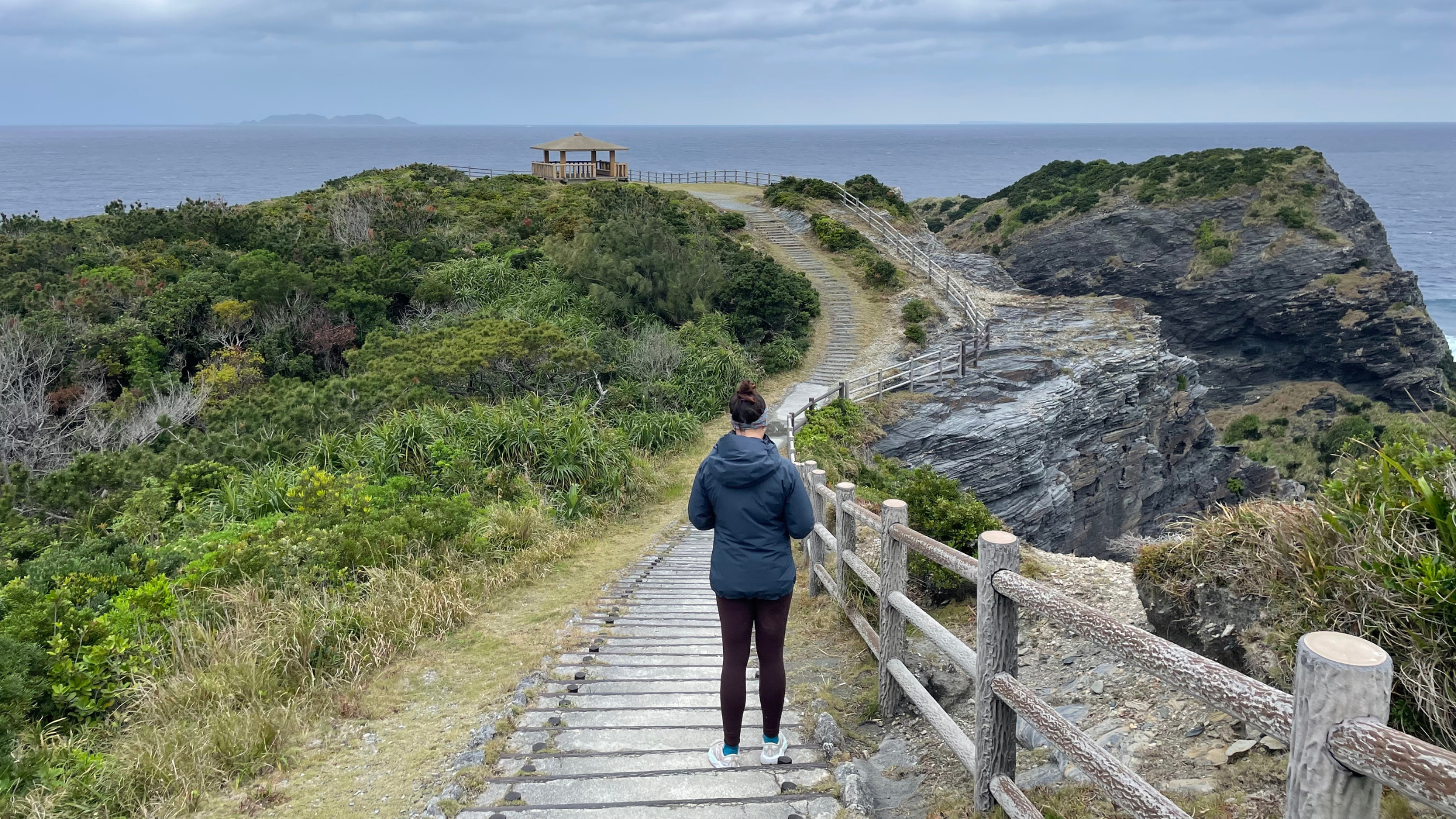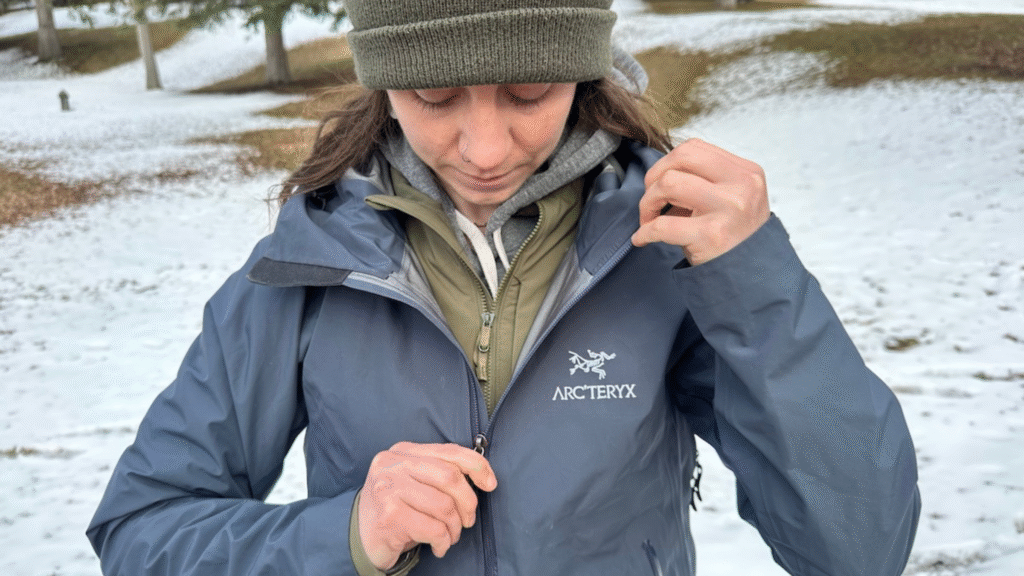The Arc’teryx Beta SL’s three-layer build and premium materials kept me dry during a soggy spring trip to Japan
Writer Maggie Slepian zipping up the Arc’teryx Beta SL jacket on a recent trip to Japan (Photo: Maggie Slepian)
Published October 30, 2025 09:05AM
I’m the (anxious) opposite of a procrastinator when it comes to big trips. As my three-week trip to Japan approached this past spring, I was fully packed ten days before leaving, with my clothes largely based on the two-week forecast. But a few days before I left, I checked the weather for Kyushu one more time and saw the sunny, 60-degree days had changed to angry little stormcloud icons complete with sideways slanting rain.
I dug through my bag until I found the ultralight running raincoat I’d picked in an effort to save precious space in my bag. After much hesitation (probably too much), I swapped it for the Arc’teryx Beta SL, a three-layer Gore-Tex model that toes the line between a raincoat and a hardshell. I still paused, weighing both rolled jackets in my hands. I travel extremely light, and I was cramming three weeks’ worth of gear and apparel into one carry-on backpack. The Arc’teryx Beta SL was more than twice the rolled size of the running jacket, but in it went—and that swap ended up being the best gear choice I made for the trip.
Arc’teryx Beta SL Jacket

Here’s What You’re Paying for with the Beta SL
The Arc’teryx Beta SL isn’t the most packable or affordable jacket in my closet. But I’d argue it’s the most versatile, reliable, and protective. It was the perfect choice for a trip where I was planning on sightseeing, multiple transit days, and hiking in variable weather—especially since I only had room in my pack for one rain layer. The jacket I packed needed to do it all.
At $500, this jacket is the most expensive raincoat I own by a wide margin, and it’s outside the scope of what I usually recommend. But hear me out. While plenty of apparel categories allow you to get away with less expensive dupes, raingear—especially when worn for extended periods of time, in heavy rainfall, or higher levels of activity—is an exception. It’s a category where you get what you pay for.

Part of the eye-watering cost is for the Arc’teryx name, but you’re also paying for a premium performance piece made with a breathable, protective three-layer construction. A three-layer rain jacket is built—as you may have guessed—with three separate pieces of fabric. The waterproof membrane is sandwiched between a next-to-skin backer and a face fabric, which makes it bulkier than most two-layer models, but with better moisture-wicking and higher levels of protection. It has a soft C-knit backer that felt fine over just a tee-shirt, and avoided the clamminess of more plasticky coat linings.
You’re also paying for details, like the helmet-compatible hood that tightens against blowing wind, and a generous grim for added protection from dripping rain. I wore this jacket on a high-speed ferry ride, and the tall collar and cinched hood stayed put even as I flailed around trying to stand on the deck at the boat’s maximum speed.
The zippers stayed fully watertight despite hours of sideways slanting rain in the city, and the drop-tail hem was long enough to prevent rain from dripping down my pants—much appreciated when we were stopping into cafes and restaurants throughout the day. I was also grateful for the articulated shoulders for full range of motion, which is an issue I run into as a small-framed person with beefy climber shoulders.
I Stayed Dry During Torrential Downpours and Sweaty Peak Hikes
For this trip, my priority was a jacket that could stand up to multiple days of wear and be worn comfortably all day since we rarely returned to our hotel between activities. I also knew the weather would be varied, and I’d be pairing it with anything from a tee-shirt to a down jacket, so the fit had to be generous without too much bulk.
We went on long hikes up winding staircases to shrines in dripping, moody forests. It was rainy but humid, and the Beta SL kept my next-to-skin layer dry thanks to the breathable build and pit zips, and I never felt clammy. During a particularly torrential downpour, I was able to wander around Lake Kinrin with the hood cinched tight and water beading off the surface while a busload of visitors battled flapping ponchos and rain blowing sideways under umbrellas. True, they probably paid $2 for their ponchos while my jacket was an astronomical $500, but I do think I was better protected.

For as much as I put the Beta SL through on this trip to Japan, the water never saturated through the DWR-coated surface. I could see the water beading up on the material even during hours of drizzle on a long sightseeing tour around Fukuoka.
The weather did not cooperate during this trip, but I was grateful I sacrificed the space in my bag for the heavier-duty Beta SL. In the end, the heftier build took up more space in my pack, but it was a fair trade-off considering the comfort and protection, which ultimately meant a more enjoyable trip. I’m not saying you have to spring for a $500 rain jacket, but if you do, I believe this one is worth the money.
Arc’teryx Beta SL Jacket



